Tag: CVP
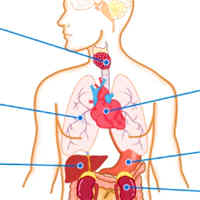
Is Continuous Intra-abdominal Pressure Ready For Prime Time?
Abdominal contents are primarily fluid in character so that pressure within this compartment follows Pascal's hydrostatic law. Intra-abdominal pressure (IAP) is the steady state pressure within the abdominal cavity and changes... read more
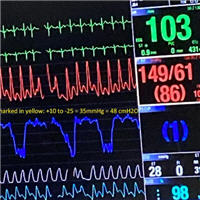
Assess the Intensity of Inspiratory Efforts Using CVP Waveforms
Real case: You are passing by the room of an awake mechanically ventilated patient with advanced IPF. Peeking in from outside the room, the following CVP waveform catches your attention. In a recent post, we discussed... read more

Transpulmonary Thermodilution Detects Rapid and Reversible Increases in Lung Water Induced by PEEP in ARDS
In ARDS patients, changing the positive end-expiratory pressure (PEEP) level induced parallel, small and reversible changes in EVLW. These changes were not due to an artefact of the TPTD technique and were likely due to the... read more
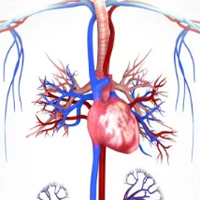
ICU Physiology in 1000 Words: The Mean Systemic Filling Pressure
Consider sitting deep within the hull of this cruise ship, ignorant to the outside. A leak is sprung and ocean begins to rush in. Thinking quickly you activate the bilge pump which, appropriately, ejects the ocean outside... read more
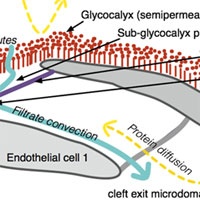
Plasma Volume, Tissue Oedema, and the Steady-state Starling Principle
The Michel–Weinbaum steady-state Starling principle has important consequences for clinical practice. The hope that biophysical intravascular colloid therapy with albumin or plasma substitutes can deliver plasma volume... read more

ICU Physiology in 1000 Words: Venous Doppler & Volume Tolerance
With the birth of "fluid responsiveness" physiology, there has been a slow and solemn drumbeat ushering the central venous pressure (CVP) up the squeaking planks of the hemodynamic gallows. Despite this, a few years ago... read more
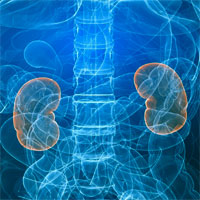
The 10 False Beliefs in Adult Critical Care Nephrology
Acute tubular necrosis (ATN), a histological pattern observed after ischemic insult, is considered the most frequent cause of any form of acute kidney injury (AKI) despite the absence of extensive histological data. This... read more
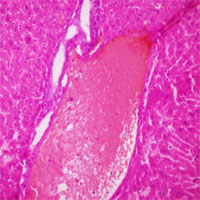
Venous congestion: are we adding insult to kidney injury in sepsis?
In critical illness, septic shock is a contributing factor in nearly half of all cases of acute kidney injury (AKI). Traditional approaches to prevention of organ dysfunction in early sepsis have focused on prevention of... read more




